Health Literacy Assignment: Nursing Practice and Error Analysis
VerifiedAdded on 2022/11/25
|5
|1138
|394
Homework Assignment
AI Summary
This assignment delves into various aspects of health literacy within the nursing context. It begins by comparing health issues between Hispanic and Asian American populations, highlighting disparities in access to care and prevalent diseases. The assignment then reflects on a simulation exercise regarding safer opioid use, exploring the student's experience in empowering a patient to make lifestyle modifications despite barriers. It discusses strategies used to improve patient health literacy, comparing them to those used in the simulation and assessing their effectiveness. The student identifies challenges encountered in enhancing health literacy, particularly with patients from different cultural backgrounds, and proposes solutions. Finally, the assignment examines active and latent errors in healthcare, providing examples from clinical experience and suggesting methods to prevent such errors and support better patient care. The student emphasizes the importance of clear communication, cultural sensitivity, and the use of visual aids to enhance patient understanding and adherence to treatment plans.
1 out of 5
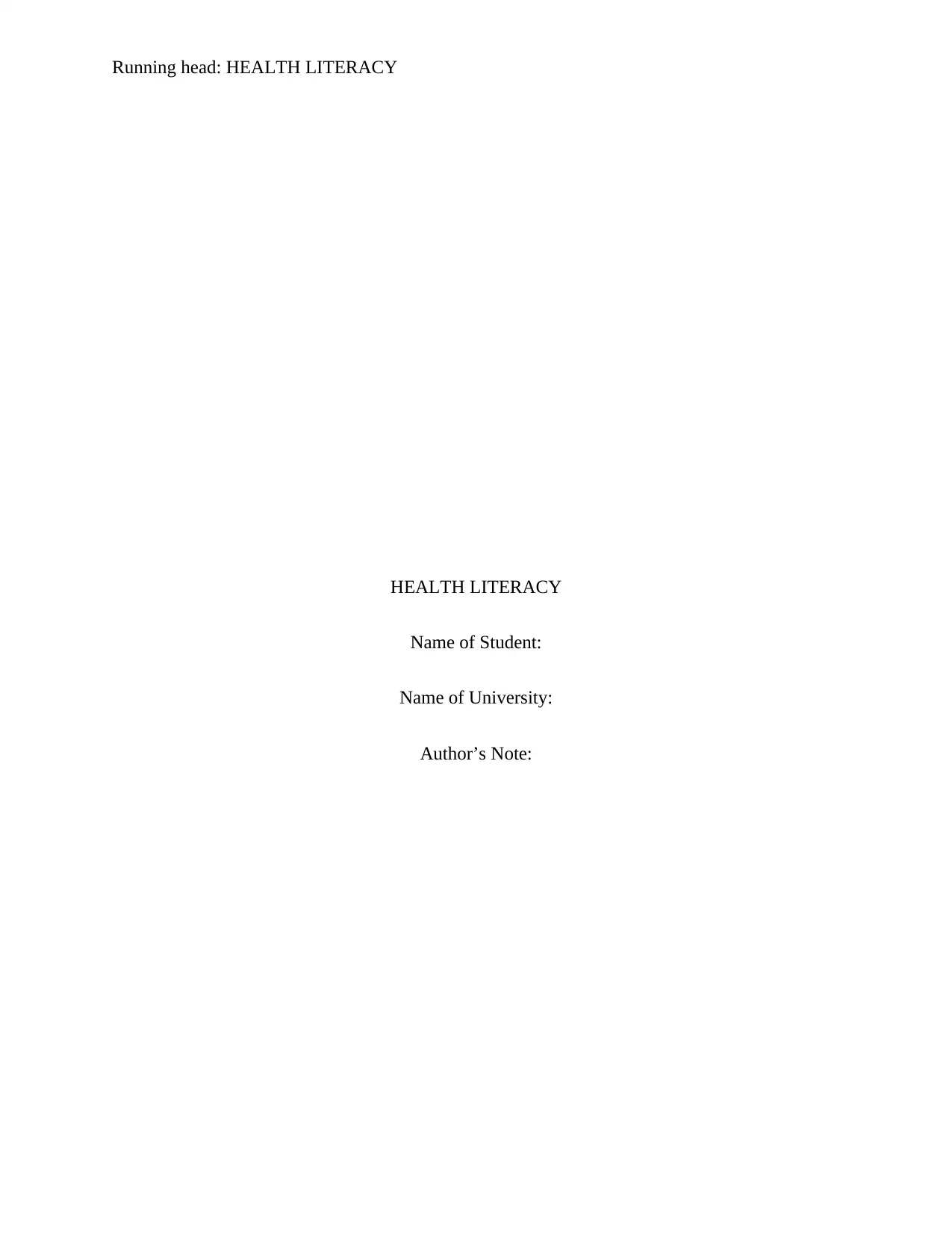
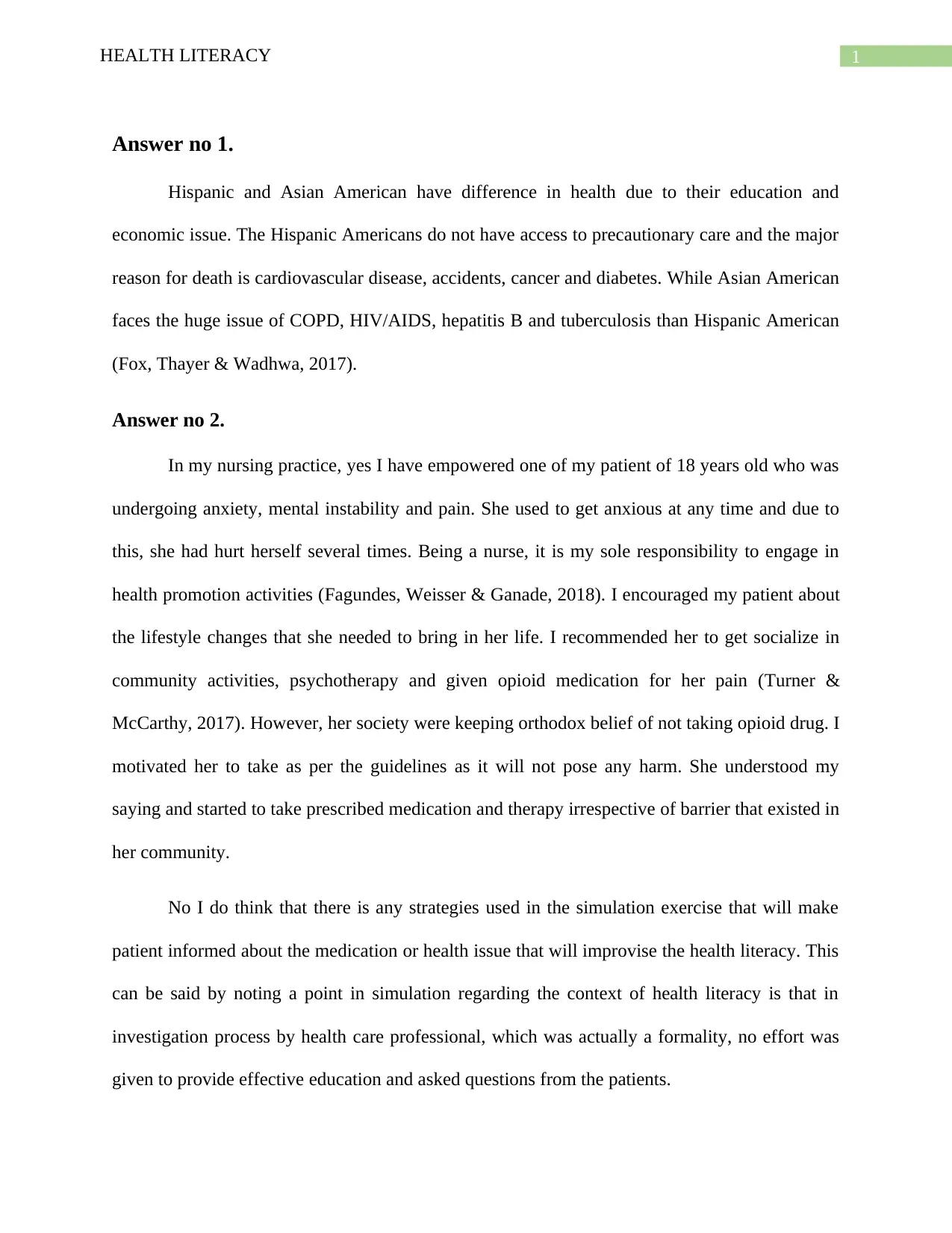
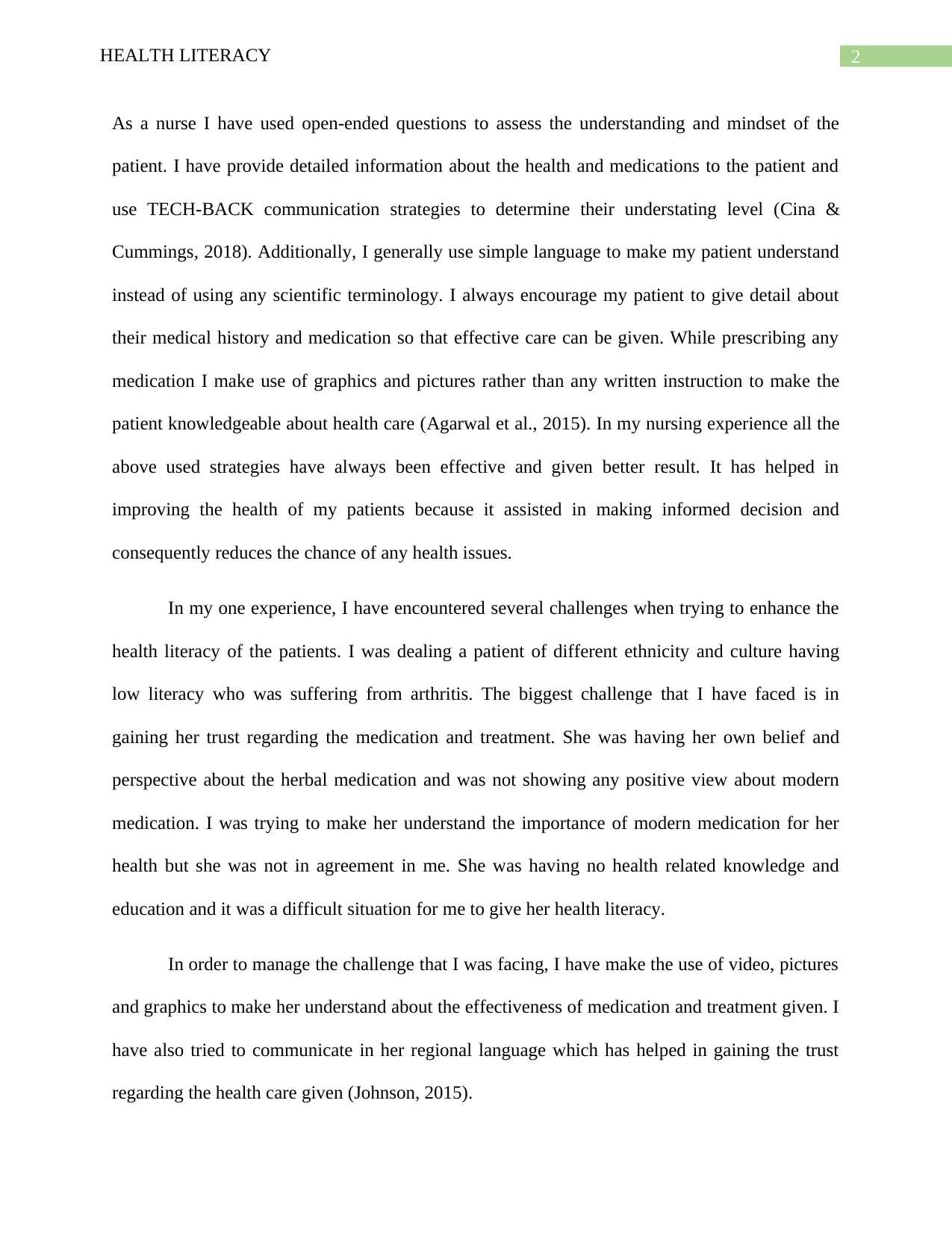

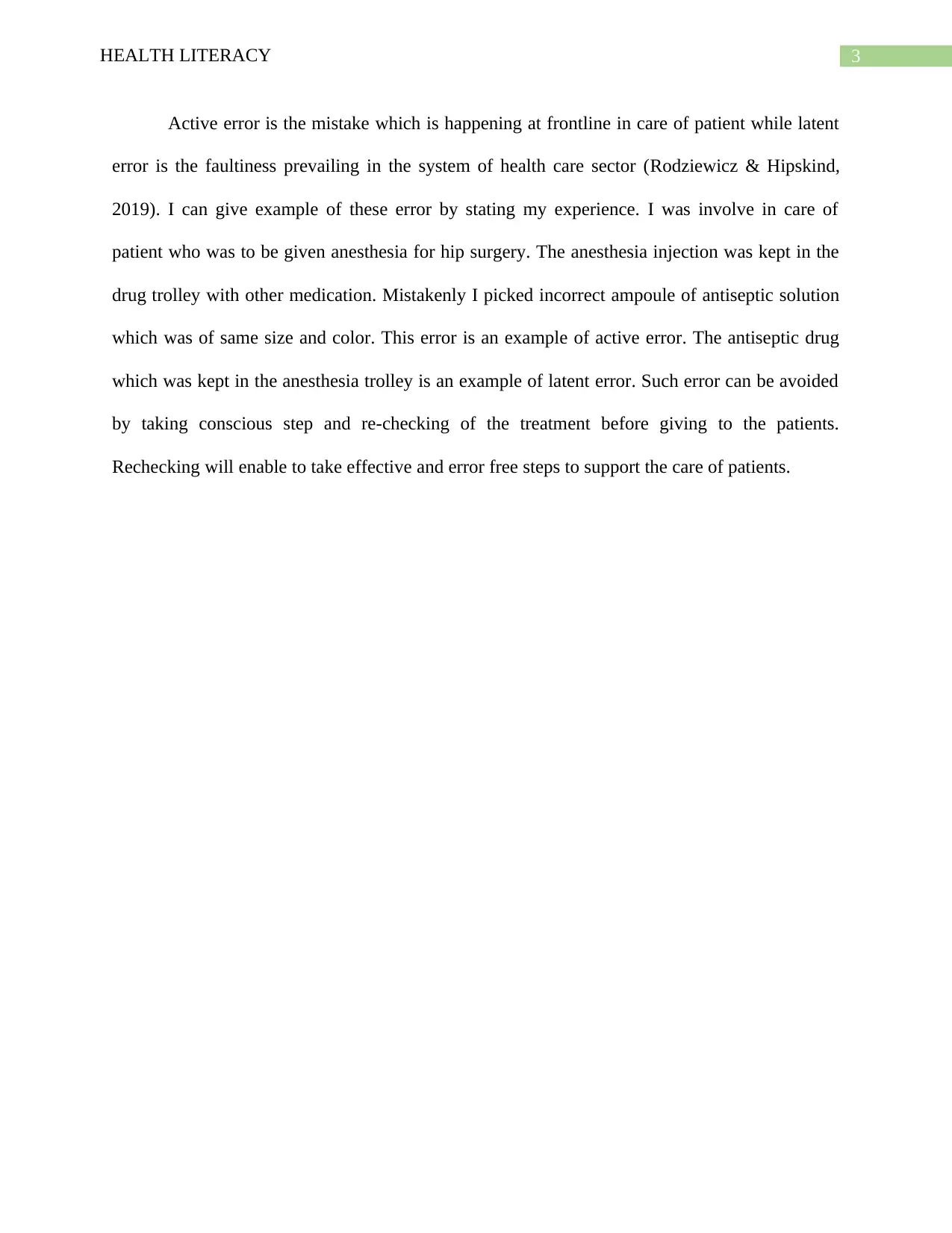
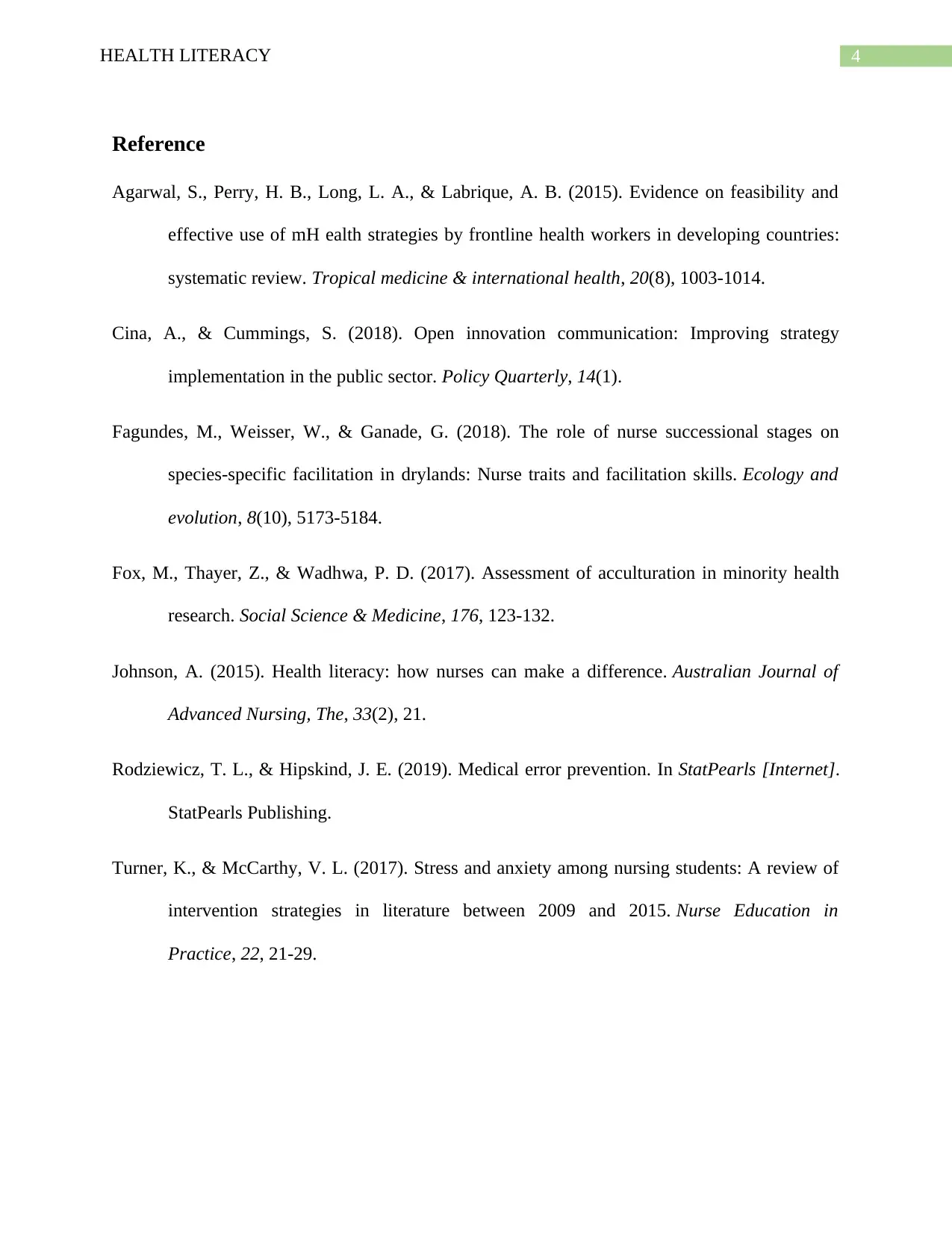






![[object Object]](/_next/static/media/star-bottom.7253800d.svg)